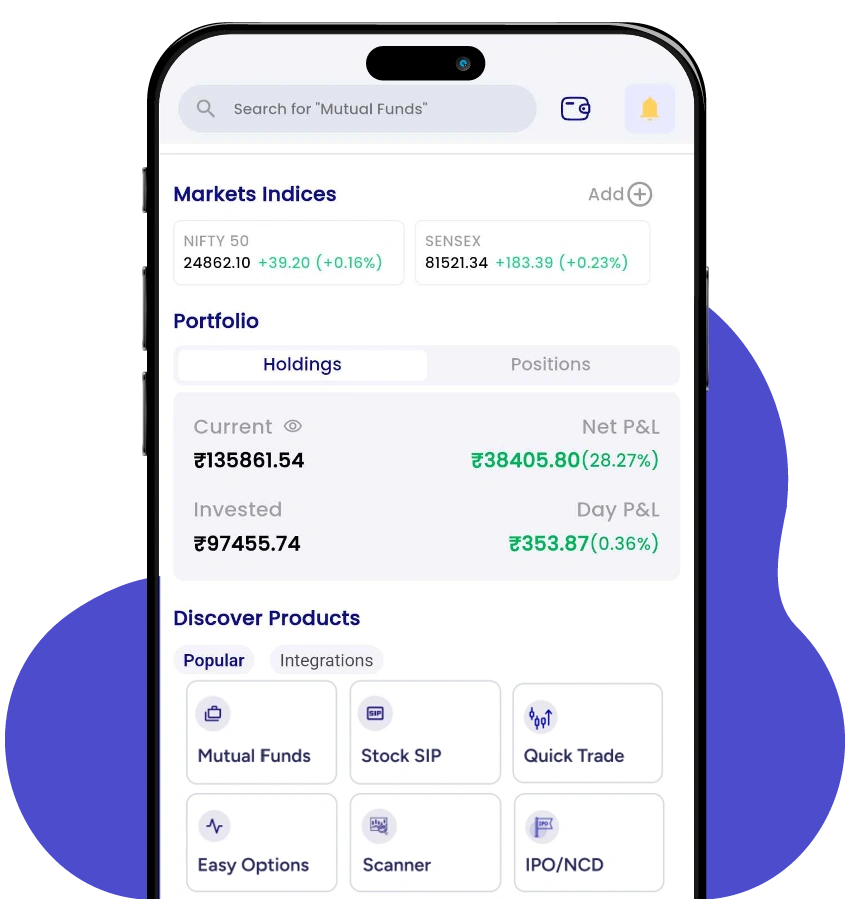Govt Extends Duty-Free Cotton Imports Till Dec 31 | Impact on Textile Stocks Like Welspun Living, Vardhman Textiles
- 3rd August 2025
- 12:30 PM
- 5 min read
Mumbai | August 28 – The government has extended the window for duty-free cotton imports till December 31, 2025, giving India’s textile and apparel exporters some breathing space as they navigate a new wave of 50% US tariffs on key categories including textiles, jewellery and leather.
In its official notification, the Finance Ministry said:
“In order to support exporters further, the Central Government has decided to extend the import duty exemption on cotton (HS 5201) from 30th September 2025 till 31st December 2025.”
The earlier relief, notified on August 18, allowed cotton to be imported without duties until September 30. With the latest decision, the exemption now covers the entire last quarter of 2025 – a crucial period for exporters preparing for festive and holiday season shipments to Western markets.
Why the duty-free extension matters
Cotton is the backbone of India’s textile value chain – from yarn and fabric to garments and home textiles. The extension removes Basic Customs Duty (5%), the Agriculture Infrastructure and Development Cess (5%), and the 10% social welfare surcharge, effectively cutting a cumulative 11% import duty on cotton.
The step is expected to:
- Improve domestic availability of raw cotton
- Help stabilise cotton prices that had been volatile through 2024
- Reduce input costs for spinning mills, garment units and exporters
- Ease inflationary pressure on finished textile products in the domestic market
For small and medium enterprises (SMEs) in particular, this relief is critical. Many of them were already struggling with higher freight costs, muted demand from Europe, and now the sudden imposition of steep US tariffs.
Textile stocks under pressure despite policy support
Despite the duty-free extension, textile stocks slipped in Thursday’s early trade, showing that investors remain cautious about the outlook.
- Welspun Living fell 1.14%, despite being one of India’s largest home textile exporters.
- Vardhman Textiles, a key spinning player, slipped 0.85%.
- KPR Mills edged up 0.52%, bucking the broader trend.
- Indo Count Industries dropped 1.12%.
- Alok Industries lost 1.08%.
- Kitex Garments saw a sharp decline of nearly 5%.
The declines come just a day after the US imposed 50% import duties on Indian goods, including textiles. The American market accounts for 33% of India’s garment exports, raising concerns that higher tariffs will outweigh the benefit of cheaper cotton imports.
India’s textile exports to the US – the bigger picture
The United States is India’s single largest buyer of ready-made garments. In FY 2024-25, shipments included:
- Apparel (knitted): $2.7 billion
- Apparel (woven): $2.7 billion
- Textiles and made-ups: $3 billion
Together, these categories represent a substantial share of India’s $15–16 billion annual garment and textile exports to the US. With the fresh tariff regime, the competitiveness of Indian players could erode compared to countries like Vietnam, Bangladesh and Mexico, which enjoy preferential trade terms with Washington.
Balancing act between exporters and inflation control
The government’s cotton duty relief comes at a time when policymakers are trying to strike a balance between keeping domestic inflation in check and supporting export competitiveness. Cotton prices had been trending higher in the last quarter due to a mix of lower domestic crop estimates and strong demand from mills. By keeping imports duty-free, New Delhi hopes to cool raw material costs and ensure that consumers don’t face price spikes in apparel and home furnishings.
At the same time, for exporters, lower cotton costs may partly offset the burden of new tariffs in the US. Analysts note that large integrated players like Welspun Living, Vardhman Textiles, and KPR Mills are better placed to absorb shocks compared to smaller firms that operate on thin margins.
What investors should watch
The trajectory of textile stocks will likely depend on three key factors:
- Cotton price trends – If global cotton prices remain stable, duty-free imports could give a cushion to spinning mills and garment manufacturers.
- Export demand from the US and Europe – The festive season is crucial, but higher tariffs may dampen order flows from American retailers.
- Government support – Industry associations are already lobbying for export-linked incentives or talks with Washington to soften the tariff blow.
Bottomline
The government’s decision to extend duty-free cotton imports till December 31, 2025, is a timely measure aimed at stabilising input costs for the textile sector. However, with the US imposing a 50% duty on Indian textile exports, the industry faces a double-edged challenge – balancing cost relief at home with shrinking competitiveness abroad.
As a result, textile stocks like Welspun Living, Vardhman Textiles, Indo Count, and KPR Mills remain volatile, reflecting uncertainty over export demand. For the sector, the next few months will be a test of resilience, efficiency, and policy support as India navigates one of its toughest trade environments in recent years.





